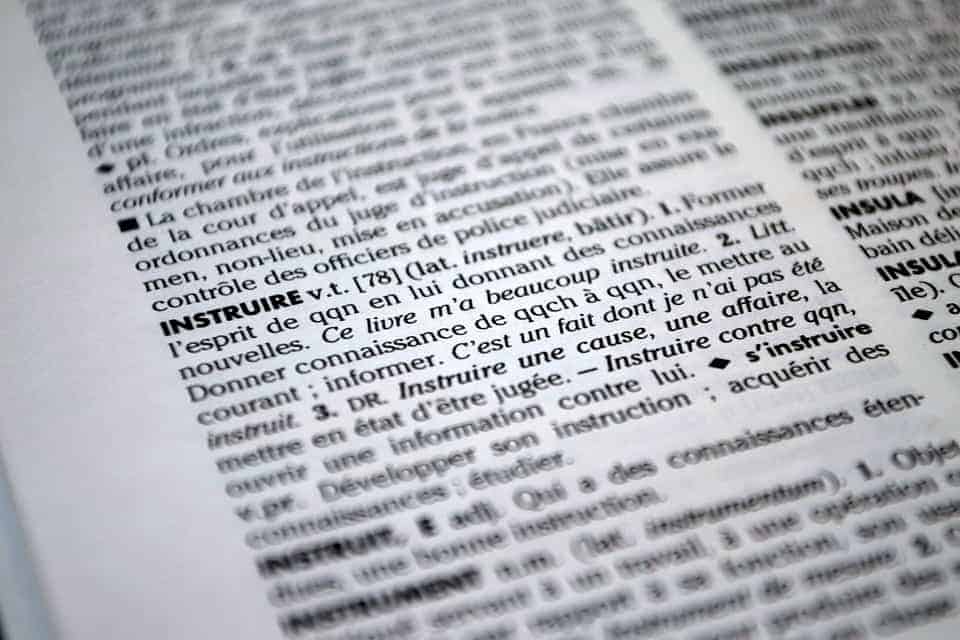De vraag van Myatt van maandag werd gesteld door een CFO die vroeg: “Wat is de beste manier om de stijgende kosten van personeelsbeloningen te beheersen?” Hoewel de stijgende kosten van arbeidsvoorwaarden iets zijn waar alle bedrijven mee te maken hebben, zijn de prijzen en complexiteiten voor kleine en middelgrote bedrijven niets minder dan onthutsend.
In de post van vandaag zal ik ingaan op een van de beste en meest over het hoofd geziene opties voor het minimaliseren van HR-gerelateerde kosten en het maximaliseren van HR-kansen...
Uitgaven in harde dollars zijn slechts een deel van het debacle van de uitkeringen, aangezien de kosten in zachte dollars die verband houden met management vaak fungeren als een stille maar zeer dodelijke moordenaar. Naarmate een bedrijf groeit, neemt ook de hersenschade toe die gepaard gaat met het beheren van HR-gerelateerde initiatieven. Schaal uw personeelsbestand betekent dat u meer tijd moet besteden aan het opzetten en beheren van personeelsbeloningen, het toezicht houden op details zoals de salarisadministratie en ervoor zorgen dat het bedrijf voldoet aan een steeds groter wordende lijst van arbeidsgerelateerde wet- en regelgeving. De bovengenoemde taken kunnen een pijnlijke tijdrovende taak zijn voor leidinggevenden die nu naast al het andere ook tijd moeten besteden aan het inhuren en beheren van HR-personeel...
Een van mijn favoriete oplossingen voor bedrijven variërend in grootte van 5 werknemers tot maar liefst 2.500 werknemers is een professionele werkgeversorganisatie (“PEO“). In wezen biedt een PEO one-stop-shopping voor personeelsbeloningen en HR-diensten. Wanneer een bedrijf besluit een contract aan te gaan met een PEO, komen de meeste of alle werknemers van het bedrijf daadwerkelijk op de loonlijst van de PEO. U bepaalt wie wordt aangenomen, wat ze krijgen, hoe ze worden beheerd en wie wordt ontslagen... De PEO zorgt voor de rest...
PEO's beheren de gezondheidsvoordelen van uw bedrijf, betaald verlof (PTO), administratie van pensioenspaarplannen (401k, 403b of uitgesteld compensatie plan). Via de PEO heeft u toegang tot een verscheidenheid aan gezondheidszorgpartners waaruit u kunt kiezen en die uw werknemers een reeks betaalbare planopties bieden, waaronder zorgverzekeringen en PPO's, tandarts- en oogverzekeringen, levensverzekeringen, AD&D-verzekeringen en arbeidsongeschiktheidsverzekeringen op korte en lange termijn. . De PEO-plankeuzes omvatten doorgaans ook flexibele bestedingsrekeningen, gezondheidsspaarrekeningen, een assistentieprogramma voor medewerkers, een programma voor juridische bijstand en verschillende andere innovatieve welzijnsprogramma's.
De PEO neemt ook verantwoordelijkheden op zich, zoals loonbelasting, dekking van werknemersvergoedingen, enz voordeel en verantwoordelijkheden op het gebied van arbeidsnaleving op gebieden als de FLSA (Fair Labor Standards Act), FMLA (Family Medical Leave Act), HIPAA (die de privacy van de gezondheidszorg regelt) en COBRA (waarmee werknemers onder bepaalde omstandigheden groepsgezondheidsvoordelen kunnen voortzetten). PEO's kunnen ook een breed scala aan andere administratieve functies op zich nemen, zoals het bijhouden van werknemersdossiers, de verwerking van werkloosheidsclaims, het beheer van werknemerscompensatieclaims en werknemershandboeken.
De voordelen van PEO's liggen enigszins voor de hand. U hoeft niet langer rechtstreeks met personeelsvraagstukken te maken te hebben. Dat betekent dat u afscheid kunt nemen van de dagen van het bijhouden van de loonadministratie, het onderhandelen over ziektekostenverzekeringen en het bemiddelen in schadevergoedingsclaims van werknemers. Dit maakt tijd vrij voor u en uw kantoorpersoneel om zich te concentreren op de groei van uw bedrijf... er is een interessante gedachte.
Het komt erop neer dat PEO's bedrijven de voordelen bieden van het verhogen van de kwaliteit van de aangeboden voordelen, het verlagen van de kosten, het overdragen van risico's, het besparen van tijd en het in het algemeen verbeteren van de efficiëntie van HR-gerelateerde functies... Als u meer informatie over PEO's wilt, alstublieft Neem contact met ons op.

















